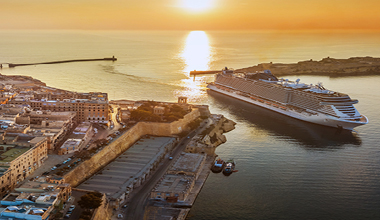
Cruise ships offer passengers the opportunity to embark on memorable journeys to exotic destinations while enjoying luxurious amenities and entertainment. However, the safety of passengers and crew members remains the top priority of the cruise industry. Here we will explore the multifaceted approach to cruise ship safety, emphasizing the measures in place to ensure passenger well-being at sea.
Safety drills and training:
Cruise ships conduct mandatory safety drills for all passengers before the ship departs. These drills cover essential safety procedures, including how to don life jackets and evacuate the ship in case of an emergency. Crew members are rigorously trained to handle various safety scenarios, and they regularly participate in safety drills to maintain readiness.
State-of-the-art navigation and communication systems:
Modern cruise ships are equipped with advanced navigation and communication systems that enable captains and crew to monitor the ship’s position and communicate with other vessels and authorities. These systems help prevent collisions, respond to changing weather conditions, and ensure rapid response in case of emergencies.
Fire safety measures:
Cruise ships have stringent fire safety protocols in place, including the use of fire-resistant materials, automatic sprinkler systems, and regular fire safety inspections. Crew members are trained in fire response, and ships conduct fire drills to test the effectiveness of their fire safety measures.
Lifeboats and life rafts:
Cruise ships are required to carry a sufficient number of lifeboats and life rafts to accommodate all passengers and crew in case of an emergency evacuation. These life-saving vessels are regularly inspected and maintained to ensure their functionality.
Medical facilities:
Cruise ships have onboard medical facilities staffed with trained medical personnel. These facilities are equipped to handle a wide range of medical emergencies, from minor injuries to more severe health issues. Additionally, cruise ships can coordinate with medical professionals onshore for more complex cases.
International regulations and safety standards:
The cruise industry adheres to a set of international regulations and safety standards established by organizations like the International Maritime Organization (IMO) and the Cruise Lines International Association (CLIA). These standards cover various aspects of cruise ship safety, from ship design to emergency procedures.